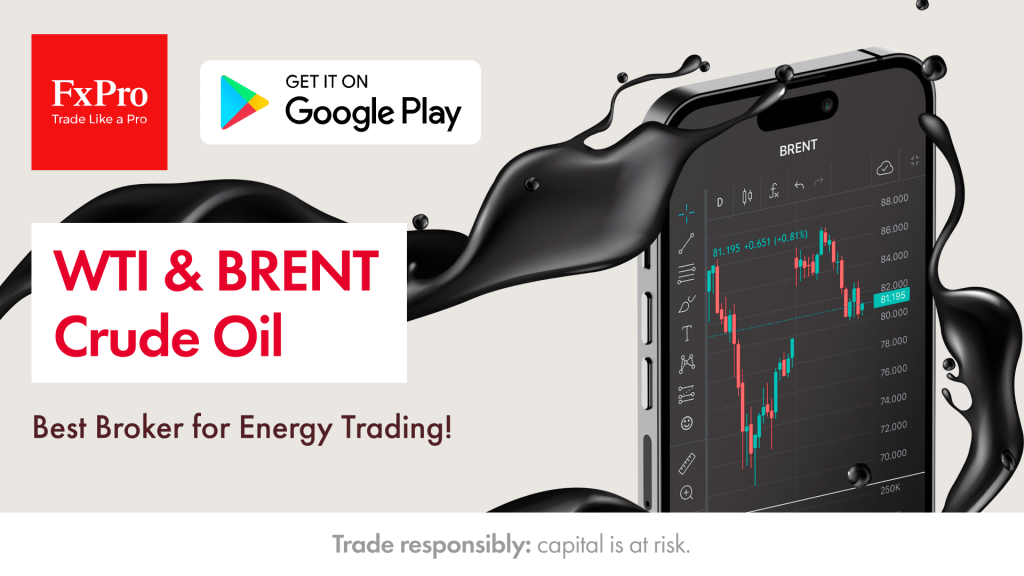
Trading has become one of the most accessible ways for beginners to explore financial markets and potentially earn income online. With the right knowledge and tools, anyone can start their journey even without prior experience. But for new traders, the world of charts, strategies, and indicators can feel overwhelming. That’s where a clear and well-structured beginner guide comes in.
This article offers a full trading for beginners strategies and starter guide, focusing on practical, easy-to-follow strategies that can be used from day one. Whether you’re curious about day trading, forex, gold, or just looking for simple trading strategies for beginners, you’ll find everything you need to start confidently.
From understanding basic principles to using trading signals and indicators, we’ll walk through step-by-step strategies designed specifically for those who are new to the markets. You don’t need prior trading experience, just a willingness to learn and the discipline to practice.
Getting Started with Trading
Before diving into trades and strategies, it’s important to understand what trading really involves. At its core, trading is the act of buying and selling financial instruments like stocks, forex, commodities, or cryptocurrencies with the goal of making a profit. For beginners, the key is to start small, stay disciplined, and follow a structured plan.
A good trading strategy for beginners no experience needed focuses on simplicity and control. You don’t need complex algorithms or expensive tools. Instead, focus on learning the basics, practicing with a demo account, and gradually building confidence. This is where a trading strategy for beginners step by step guide to success becomes essential.
Choose a reputable broker, get familiar with the trading platform, and understand how to place buy and sell orders. Many platforms offer tutorials and demo modes to help you get started. As you practice, follow a trading strategy guide for beginners in easy steps to keep your learning focused.
The goal early on isn’t to earn big profits it’s to develop consistent habits, limit risk, and learn how different markets behave. A trading for beginners simple strategies to making profit mindset will set the foundation for long-term success.
Understanding the Basics
Before applying any strategy, every beginner should have a strong grasp of the basic trading concepts. This foundational knowledge not only helps avoid common mistakes but also supports smarter decisions when real money is on the line.
One of the most important ideas in trading is understanding risk and reward. Every trade involves some level of risk, and the goal is to ensure that the potential reward is worth it. Basic trading strategies for beginners often aim to minimize risk while offering a realistic chance of consistent profits. A key part of this is using stop-loss and take-profit levels to manage outcomes.
Another critical element is knowing when not to trade. Beginners often feel the urge to enter the market too frequently, chasing small moves without a clear plan. That’s where a solid trading strategy for beginners easy trades profits can help. Rather than reacting emotionally, new traders should follow rules and stay patient.
It’s also essential to understand trading psychology. Confidence, discipline, and the ability to stick to a plan matter more than trying to guess the next market move. A strong mindset, paired with a trading strategy for beginners learn profit, leads to better long-term results.
Lastly, learning the core trading principles will guide your growth. A good foundation in trading strategies and principles for beginners will help you build your skills step by step. As you gain more experience, these principles will stay relevant even if your strategies evolve.

Simple & Easy Trading Strategies for Beginners
When you’re new to trading, the best approach is to start with methods that are straightforward and repeatable. Simple trading strategies for beginners focus on clarity, not complexity. The goal isn’t to chase every market movement but to find high-probability setups you can understand and manage.
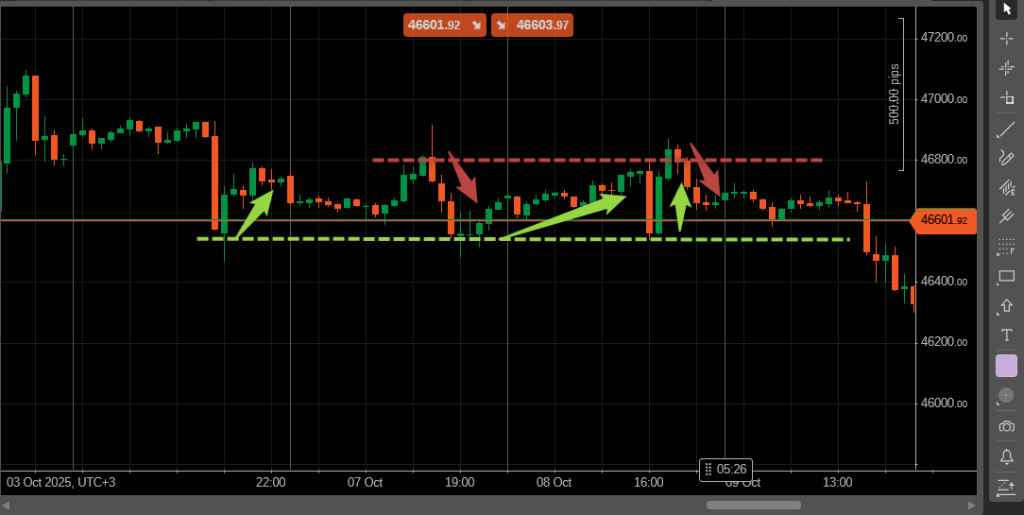
One of the most effective starting points is price action watching how prices move without relying too heavily on indicators. For example, a simple support and resistance strategy can help you identify areas where prices are likely to reverse or break out. This is an easy trading strategy for beginners because it’s visual, logical, and doesn’t require much technical knowledge.
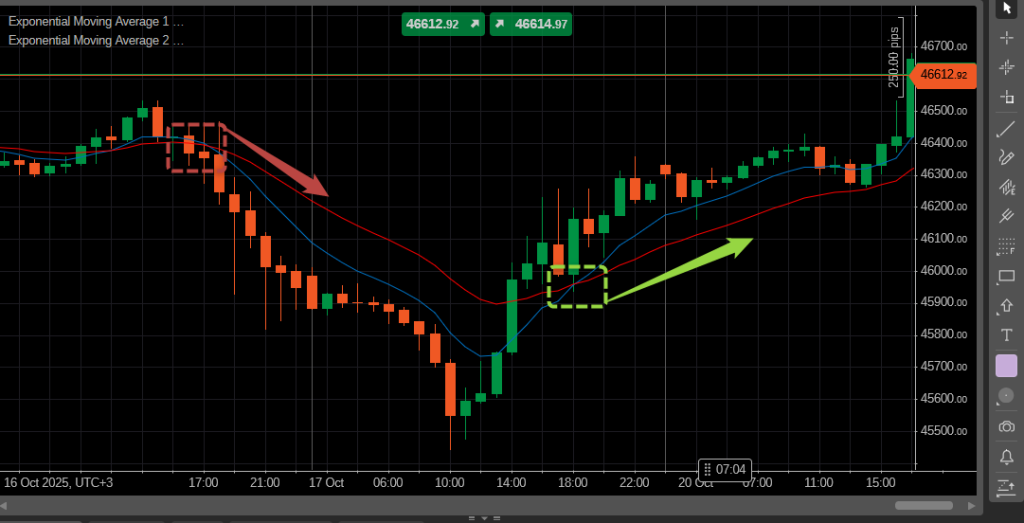
Another easiest trading strategy for beginners involves using moving averages. A basic method is the moving average crossover, where a short-term moving average (like the 9 EMA) crosses over a longer-term one (like the 21 EMA). This signal can indicate when to enter or exit trades, making it ideal for those just learning the ropes.
These strategies don’t need complicated setups. The key is to apply a consistent process. That’s why a trading strategy that trading for beginners easy is more effective than overloading your chart with tools you don’t fully understand. Focus on mastering one setup at a time.
As your experience grows, you’ll naturally improve how you manage trades. But in the beginning, having a trading strategy trading for beginners made easy allows you to build confidence without getting overwhelmed. The simpler your strategy, the more likely you are to stick with it and succeed.
Day Trading Strategies for Beginners
Day trading involves buying and selling financial instruments within the same day sometimes even within minutes or hours. It requires quick decisions, clear strategies, and strong discipline. For new traders, using the right day trading strategies for beginners can make the difference between learning successfully and getting overwhelmed.
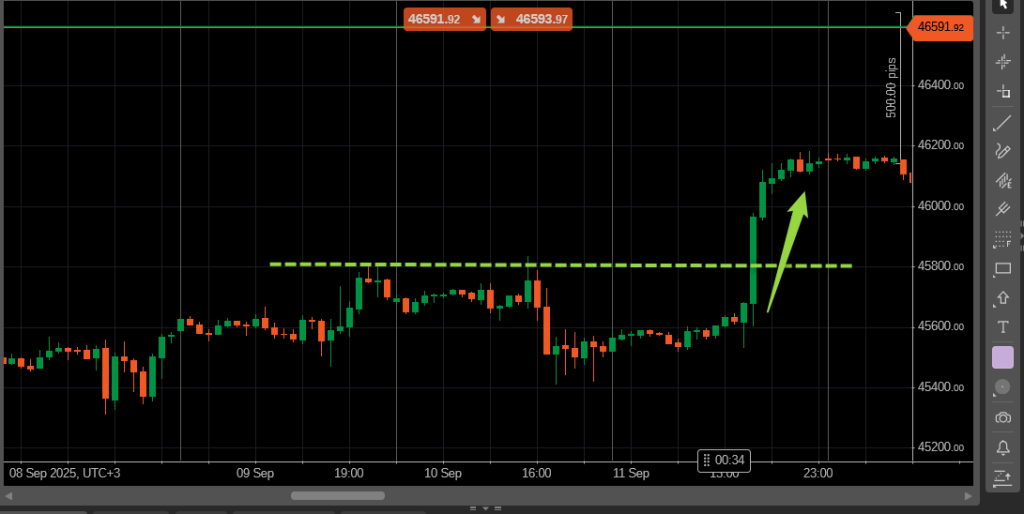
One of the most beginner-friendly methods is the breakout strategy. This involves identifying a key price level like support or resistance and entering a trade when the price breaks through that level with strong volume. It’s a clear setup that works across stocks, forex, and crypto. Many day trading strategies for beginners how to start trading begin with simple breakout methods because they are easy to spot and don’t rely heavily on indicators.
Another popular approach is momentum trading. This strategy focuses on stocks or currencies that are moving strongly in one direction with volume. Beginners often use this because it’s intuitive you’re trading the current trend rather than trying to predict reversals. This is often highlighted in day trading strategies for beginners how to trading earning as a fast-paced but rewarding method.
Risk management is especially important in day trading. You’re entering and exiting positions quickly, so using tight stop-losses and predefined targets is essential. That’s why trading for beginners day trading strategies to start earning often emphasize limiting losses while letting profits run.
The main advantage of day trading is avoiding overnight risks. You’re in and out of the market by the end of the day. For many new traders, this feels safer. Day trading for beginners simple strategies explained in this section can help you build a routine and improve decision-making under pressure.
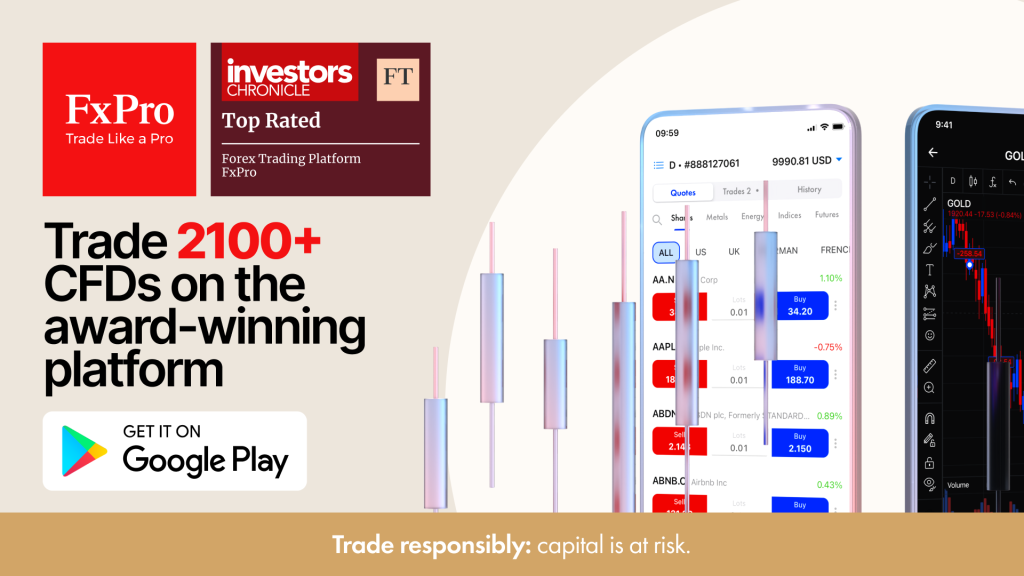
Intraday and Forex Trading for Beginners
Intraday trading and forex trading are two popular paths for new traders looking to build skills and potentially earn on short-term price movements. While they share similarities with day trading, they each have specific characteristics worth understanding. Learning the right intraday trading strategies for beginners can help you take advantage of market volatility within a single trading session.
Intraday trading refers to opening and closing trades within the same day, typically in stocks, indices, or commodities. One simple strategy is to look for high-volume breakouts after the market opens. These often signal strong interest and can lead to quick price moves. For new traders, focusing on one or two high-probability setups is more effective than constantly switching strategies.
Forex trading, on the other hand, involves trading currency pairs like EUR/USD or GBP/JPY. The forex market is open 24 hours a day, making it accessible at almost any time. Trading strategies for beginners forex often focus on key economic events, technical patterns, and support/resistance zones. The forex market moves quickly, so discipline and timing are crucial.
One of the most beginner-friendly forex day trading strategies for beginners is the London Breakout Strategy, where you trade the early movement during the London market open, often the most volatile and liquid time of day. These sessions provide great learning opportunities when watched closely—hence the value in forex and day trading strategies for beginners watch to trading.
If you’re looking for consistency, try starting with just one pair, like EUR/USD. This lets you understand its behavior and avoid the confusion of managing multiple trades. Trading for beginners easy for forex day trading strategies always stress keeping things simple and sticking to one method until mastered.
Candlestick & Technical Indicator Strategies
As you progress in your trading journey, you’ll come across two powerful tools used by traders across all experience levels: candlestick patterns and technical indicators. These tools help you read market sentiment, spot potential reversals, and time your trades more effectively. Learning how to use them forms the foundation of many trading for beginners strategies indicators and full.
A candlestick trading strategy for beginners typically starts with understanding simple patterns like the Doji, Hammer, and Engulfing candles. These formations give clues about potential price reversals or continuations. For example, a Hammer forming at the bottom of a downtrend may suggest a bounce or reversal. These patterns work best when combined with other confirmation tools such as support/resistance or volume.
Beyond candlesticks, indicators play a crucial role. Common ones include the Relative Strength Index (RSI), Moving Averages, and MACD. Beginners should start with one or two of these—overloading your chart makes it harder to focus. Trading for beginners strategies indicators and guide usually recommend combining a trend-following indicator (like moving averages) with a momentum indicator (like RSI) to create a more reliable system.
To make informed decisions, traders must know not just what these tools show but also how to apply them within a complete strategy. That’s why trading strategies for beginners strategy explained in this section focus on simplicity and practical application. Don’t just memorize patterns—learn how they behave in different market conditions.
Ultimately, combining candlestick patterns and indicators gives you more confidence in your trades. It’s not about predicting every move, but about increasing your odds of success with clear, repeatable signals. That’s the key to sustainable progress.

Options and CFD Trading for Beginners
Once you’re comfortable with basic strategies and market behavior, you might explore more advanced instruments like options and CFDs (Contracts for Difference). These allow for greater flexibility and potential profits, but they also carry higher risk. Understanding how to apply cfd trading strategies for beginners and options techniques is essential before jumping in.
CFDs let you speculate on price movements without owning the underlying asset. You can trade forex, stocks, commodities, and indices using leverage. For beginners, the key is to start with small position sizes and use a stop-loss on every trade. Many cfd trading strategies for beginners focus on trend-following setups using simple indicators like moving averages or Bollinger Bands.
Options trading is slightly different. It involves buying contracts that give you the right—but not the obligation—to buy or sell an asset at a specific price before a certain date. For those just starting out, it’s best to focus on basic strategies like covered calls or cash-secured puts. These are less risky and provide a structured approach to learning.
It’s important to note that both CFDs and options require strong risk control. Even though they offer high-profit potential, losses can also be amplified—especially when leverage is involved. That’s why option trading tips for beginners experts often highlight the need for strict money management and clear entry/exit rules.
Different trading strategies for beginners can be applied across both options and CFDs, but your success depends on understanding the unique behavior of each market. Stick to one instrument when you’re starting out, and master it before adding more complexity. Trading strategies tips for beginners experts all agree: focus, patience, and practice lead to long-term results.
Gold & Low-Risk Strategies for Safe Trading
Gold has long been viewed as a safe haven asset, making it a solid choice for beginner traders looking to start with lower-risk opportunities. Unlike fast-moving forex pairs or volatile stocks, gold tends to follow clearer trends during economic uncertainty, which is why many traders start with a gold trading strategy for beginners.
A common approach involves watching for gold’s reaction around major support and resistance levels. For example, if gold is approaching a historical price level with strong buying interest, traders may enter long positions using tight stop-losses. These gold trading strategies for beginners often rely on basic tools like trendlines and moving averages rather than complex indicators.
In addition to gold, low-risk strategies across any market are key to building early confidence. The goal is to preserve capital while learning. A trading strategy for beginners low risk high profits focuses on finding setups with a favorable risk-reward ratio—where the potential profit is at least twice the amount you’re risking. This keeps losses small and profits meaningful, even with a low win rate.
Some of the best low-risk methods include trading pullbacks in trending markets or using volatility breakouts with clearly defined exits. These tactics also form the basis of a forex trading strategy for beginners low risk high approach, which is highly suitable for those wanting steady progress rather than fast gains.
No matter what market you’re in, remember that managing risk is more important than chasing profits. A patient, controlled strategy helps you avoid large losses and creates space for consistent growth over time. Starting slow and focusing on quality setups will always beat impulsive trading.
Conclusion: Final Tips & Recap
Starting your trading journey can feel overwhelming, but with the right mindset and clear strategies, it becomes manageable—and even rewarding. The most successful traders began where you are now: learning the basics, practicing consistently, and applying simple strategies with discipline.
As you’ve seen throughout this guide, trading for beginners simple strategies to like a pro are built on mastering core concepts first, not jumping into complex techniques. Stick with strategies you understand, and don’t worry about chasing every market move. Over time, your skills will grow naturally through experience and reflection.
Make use of trading for beginners strategies and signals that give clear entry and exit points. Avoid emotional trading by following your plan and using proper risk management. Remember, it’s better to take fewer, high-quality trades than to be in the market all the time.
This article has walked you through a variety of approaches—from day trading and forex to gold and CFD strategies. These trading for beginners top strategies to start making money aren’t just theory—they’re practical, beginner-friendly methods designed to help you build a strong foundation.
With practice, patience, and continued learning, you’ll be able to approach the markets with confidence and purpose.
Frequently Asked Questions (FAQ)
1. What is the best trading strategy for beginners?
The best trading strategy for beginners is one that is simple, easy to follow, and low risk. Many new traders start with strategies like moving average crossovers, support/resistance breakouts, or candlestick patterns. These are easy trading strategies and for beginners in forex and other markets that can be practiced with a demo account.
2. Can I start trading with no experience?
Yes. There are many trading strategy for beginners no experience needed that allow you to learn step by step. Use demo accounts, watch educational videos, and follow structured guides before risking real money.
3. How much money do I need to start day trading?
You can start small, especially in forex and CFD markets. Some brokers allow you to open accounts with as little as $100. However, it’s essential to follow low-risk strategies like forex trading strategy for beginners low risk high to avoid large losses early on.
4. Is forex trading good for beginners?
Yes, forex is a popular choice due to its accessibility and low capital requirements. Just make sure to stick with trading strategies for beginners forex that prioritize risk control and simplicity.
5. What tools or indicators should I use?
Start with the basics—moving averages, RSI, and candlestick patterns. As covered in trading for beginners strategies indicators and full, it’s better to master a few tools well than to overload your charts with too many.
6. What’s the difference between day trading and intraday trading?
They are often used interchangeably. Both involve opening and closing positions within the same trading day. Strategies covered in day trading for beginners simple strategies explained also apply to intraday setups.
7. Are free trading courses worth it?
Absolutely. Many free trading course forex strategies for beginners offer valuable lessons without cost. Just ensure the source is reputable and focuses on proven, beginner-friendly methods.
8. How do I avoid common beginner mistakes?
Stick to a trading strategy for beginners step by step guide to stay disciplined. Avoid overtrading, don’t risk more than you can afford to lose, and always trade with a plan.
9. What’s the safest market for beginners to trade?
Many start with forex or gold, using gold trading strategy for beginners and low-risk forex strategies. These markets have high liquidity and are easier to analyze with basic strategies.
10. How long does it take to become a successful trader?
Success varies, but with consistent practice, learning, and a focus on trading for beginners learn the best strategies to succeed, many traders see progress within a few months to a year.





